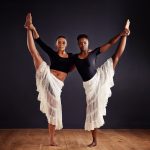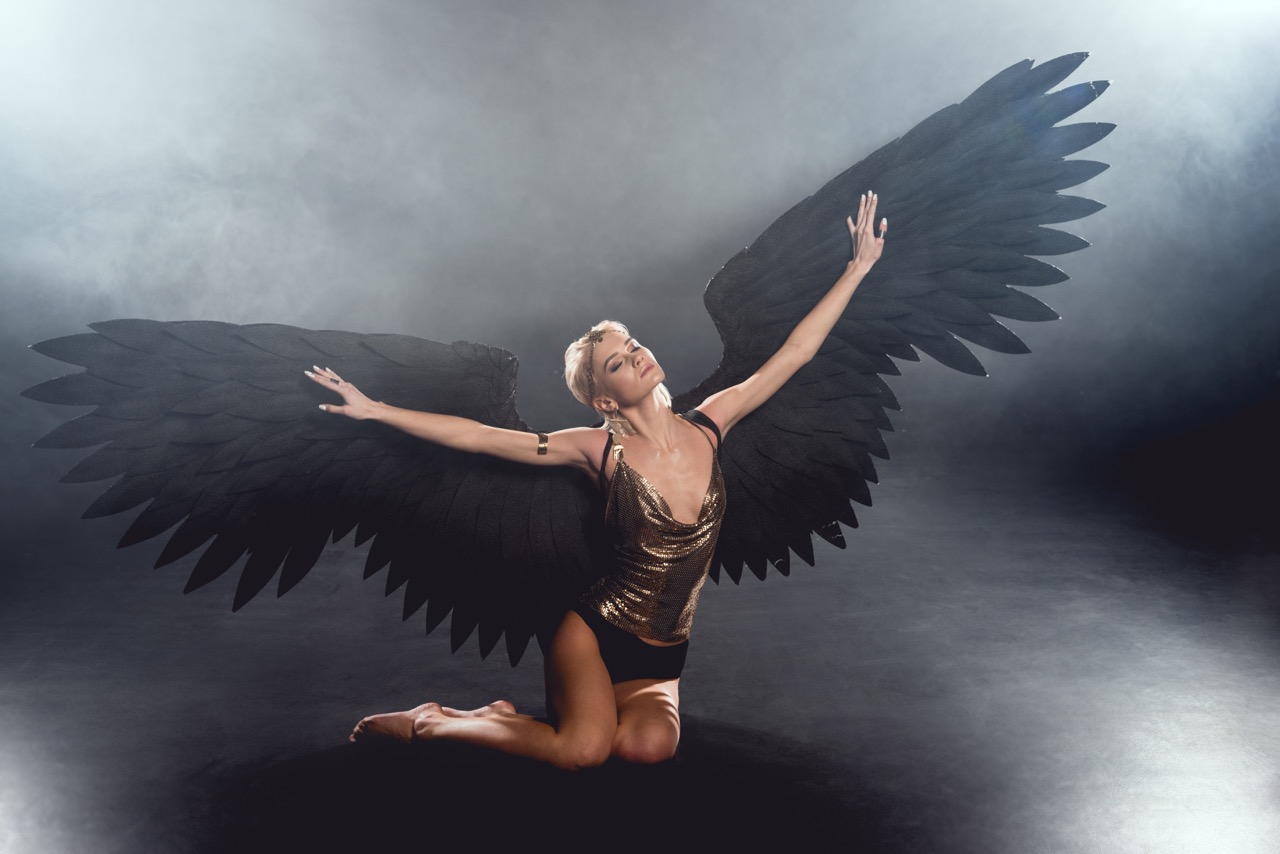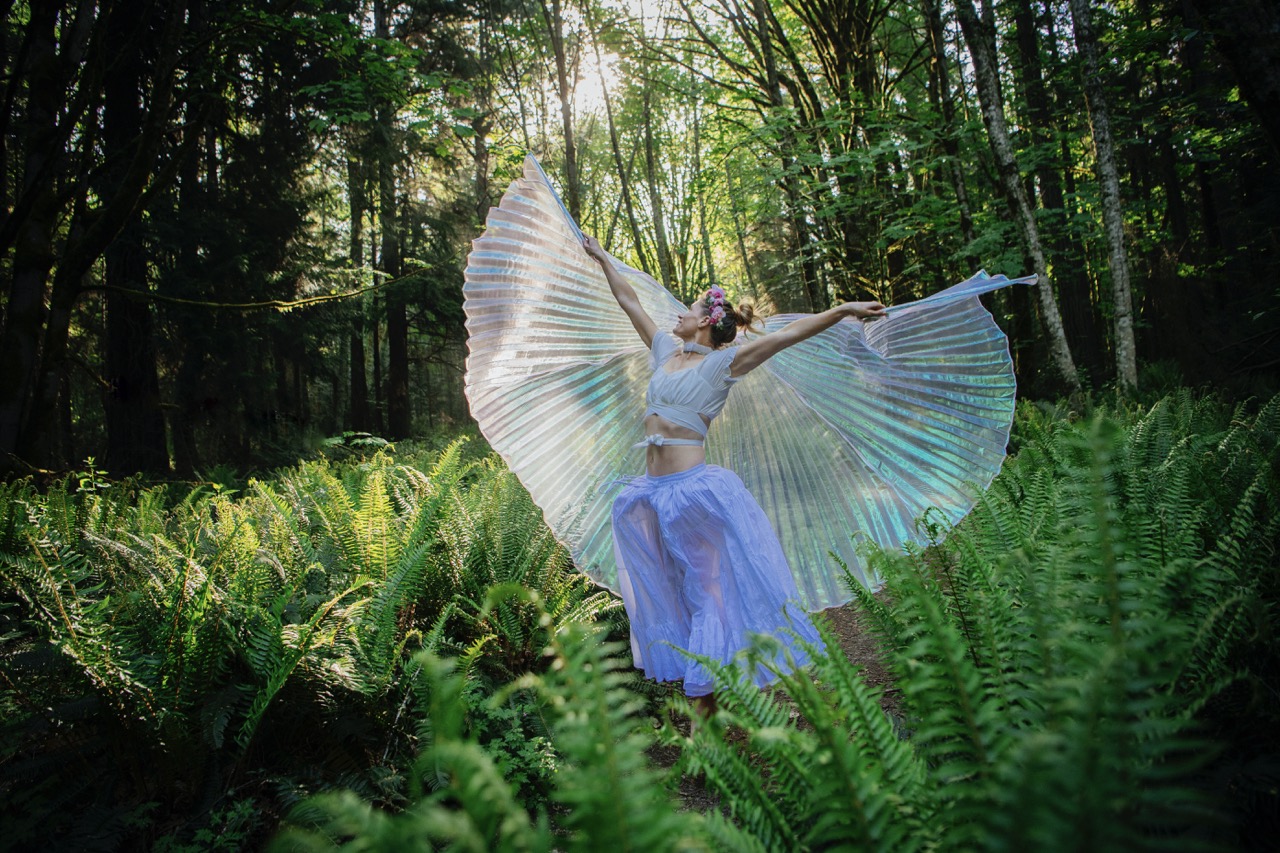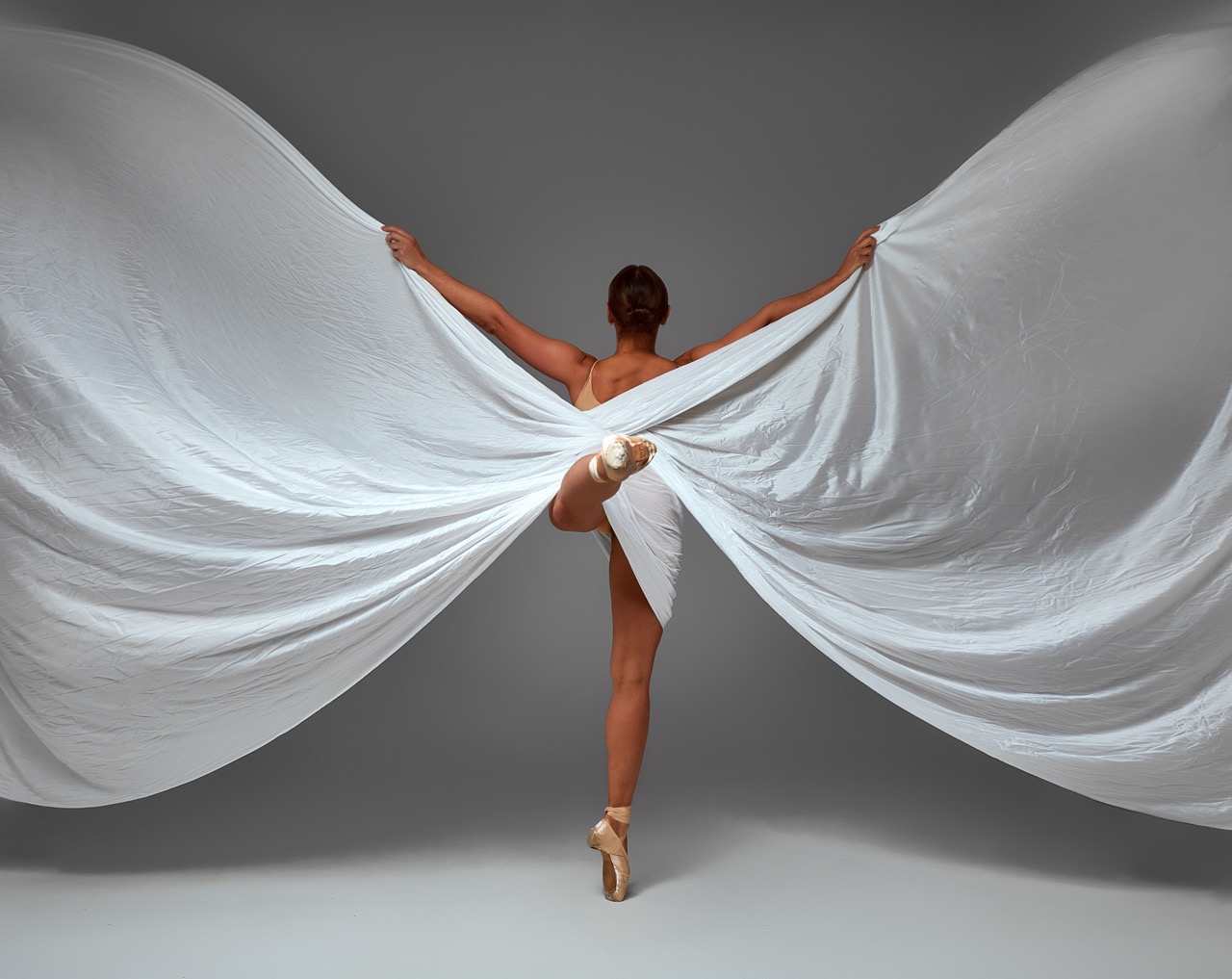Dance is a universal language, one that transcends borders and connects people from all walks of life. It is an expressive art form that reflects cultural identities, historical narratives, and social dynamics. Throughout history, dance has served not only as entertainment but also as a means of communication, celebration, and spiritual expression. In this exploration, we will delve into the intricate ways in which dance manifests across the globe, celebrating its diversity and richness in various cultures.
Unveiling the Rhythms: Dance as Cultural Expression
Dance is a mirror reflecting the values, beliefs, and stories of a community. Each movement, beat, and gesture carries the weight of historical significance and cultural identity. For instance, in the vibrant streets of Rio de Janeiro, samba dances celebrate the spirit of Brazilian Carnival, an explosion of color and sound that encapsulates the country’s rich Afro-Brazilian heritage. Similarly, traditional dances in Indigenous communities often tell stories of creation, nature, and ancestral spirits, emphasizing a deep connection to the land.
In many cultures, dance is intertwined with social and political narratives. The folk dances of Eastern Europe, such as the Polka, are not only joyful celebrations but also serve as a form of resistance and unity during times of adversity. The movements convey stories of struggle, resilience, and community, creating a sense of belonging among participants. As a result, dance becomes a vital expression of cultural identity, allowing individuals to connect with their heritage while engaging with the present.
Moreover, in contemporary society, dance continues to evolve, incorporating modern influences and technological advancements. Genres like hip-hop reflect urban culture and social issues, resonating with younger generations and drawing attention to themes of inequality, identity, and self-expression. Through these diverse expressions, dance remains a powerful tool for cultural storytelling, fostering a deeper understanding of the human experience across different societies.
From Ballet to Bhangra: A World of Diverse Styles
The world of dance is a kaleidoscope of styles, each emerging from unique cultural backgrounds. Classical Ballet, originating from the courts of Renaissance Italy and flourishing in France and Russia, epitomizes grace and precision. With its structured technique and emphasis on storytelling through movement, ballet has influenced numerous dance forms and remains a pivotal part of Western artistic tradition. Its performances often portray timeless tales, evoking emotions through the elegance of its dancers.
In contrast, the energetic beats of Bhangra, a folk dance from Punjab, India, celebrate the harvest and community life. Characterized by lively music and exuberant movements, Bhangra reflects the joy and vibrancy of Punjabi culture. As it has gained international popularity, Bhangra has fused with various music genres, showcasing the adaptability of dance while preserving its cultural essence. This phenomenon illustrates how traditional dance can evolve, influencing and being influenced by global trends.
Other notable dance forms include the intricate Flamenco of Spain, which combines music, dance, and song to express deep emotion, and the traditional Maori Haka from New Zealand, performed as a show of unity and strength. Each style is a testament to the cultural narratives that shape it, revealing the diversity of human expression. From solemn rituals to festive celebrations, the variety of dance styles enriches the global cultural tapestry, providing a glimpse into the heart and soul of different societies.
Sacred Steps: The Spiritual Significance of Dance
Dance has long been embedded in spiritual practices and rituals across cultures. In African communities, dance is often a medium for worship and connection with the divine, characterized by rhythmic movements that mimic the heartbeat of the earth. Through communal dances, participants seek to commune with ancestors and deities, expressing gratitude, healing, and celebration. Such dances are not merely physical acts; they embody a deep spiritual significance that fosters community cohesion and cultural continuity.
In India, classical dance forms like Bharatanatyam and Kathak are steeped in religious narratives and mythology. These dances are often performed in temples as offerings to deities, where each gesture (mudra) and facial expression (abhinaya) conveys sacred stories. The performers train for years to master these intricate movements, which are rooted in spirituality and philosophy. This intertwining of dance and spirituality emphasizes the reverence with which these art forms are approached, positioning dance as a conduit for enlightenment and divine connection.
Additionally, many indigenous cultures integrate dance into rituals that mark significant life events, such as birth, marriage, and death. The powwow dances of Native American tribes, for example, celebrate cultural heritage and community bonds while honoring ancestors. These sacred dances are imbued with meaning and purpose, reinforcing cultural identity through the physical embodiment of spiritual beliefs. As we explore the sacred dimensions of dance, we uncover a profound connection between movement, spirituality, and cultural identity.
Connecting Generations: Dance as a Cultural Legacy
Dance serves not only as a form of artistic expression but also as a vital link between generations. Traditional dances are often passed down from elders to younger members of the community, ensuring that cultural heritage is preserved and adapted over time. This transfer of knowledge fosters a sense of identity and belonging, as participants learn the stories and meanings behind each movement. Dance becomes a living legacy, celebrating the past while paving the way for future interpretations.
In many cultures, communal dances mark significant milestones, reinforcing familial bonds and community ties. For example, the Jewish Hora is often performed at weddings, symbolizing joy and unity among families. Through these shared experiences, dance cultivates a sense of continuity and connection, allowing individuals to honor their ancestors while creating new memories. This intergenerational aspect of dance not only strengthens social ties but also reinforces cultural values and traditions.
As globalization continues to influence cultures around the world, the adaptability of dance encourages dialogue and fusion between different traditions. Young dancers often blend contemporary styles with traditional forms, creating innovative expressions that resonate with their peers. This dynamic evolution ensures that dance remains relevant, fostering a sense of belonging for younger generations while honoring the cultural legacies that preceded them. Through this ongoing exchange, dance remains a powerful tool for cultural transmission, celebrating diversity and unity across the globe.
Dance is an extraordinary form of expression that reflects the richness of human experience across different cultures. From its role as a cultural narrative to its spiritual dimensions, dance serves as a powerful bridge connecting generations and communities. As we embrace the diversity of dance styles and their significance, we gain a deeper appreciation for the vibrant tapestry of traditions that shape our world. In a time when cultural exchange is more vital than ever, dance continues to remind us of our shared humanity, inviting us to celebrate our differences while fostering unity through the universal language of movement.









